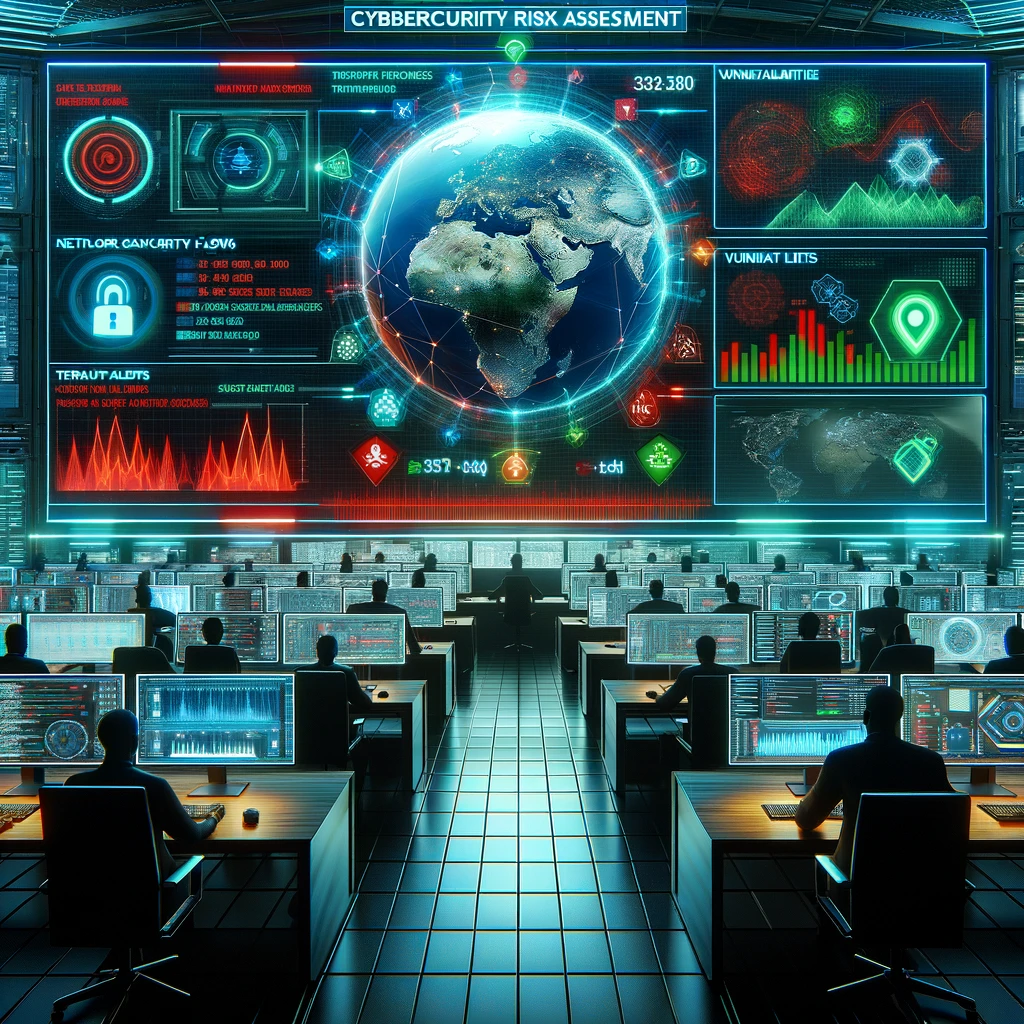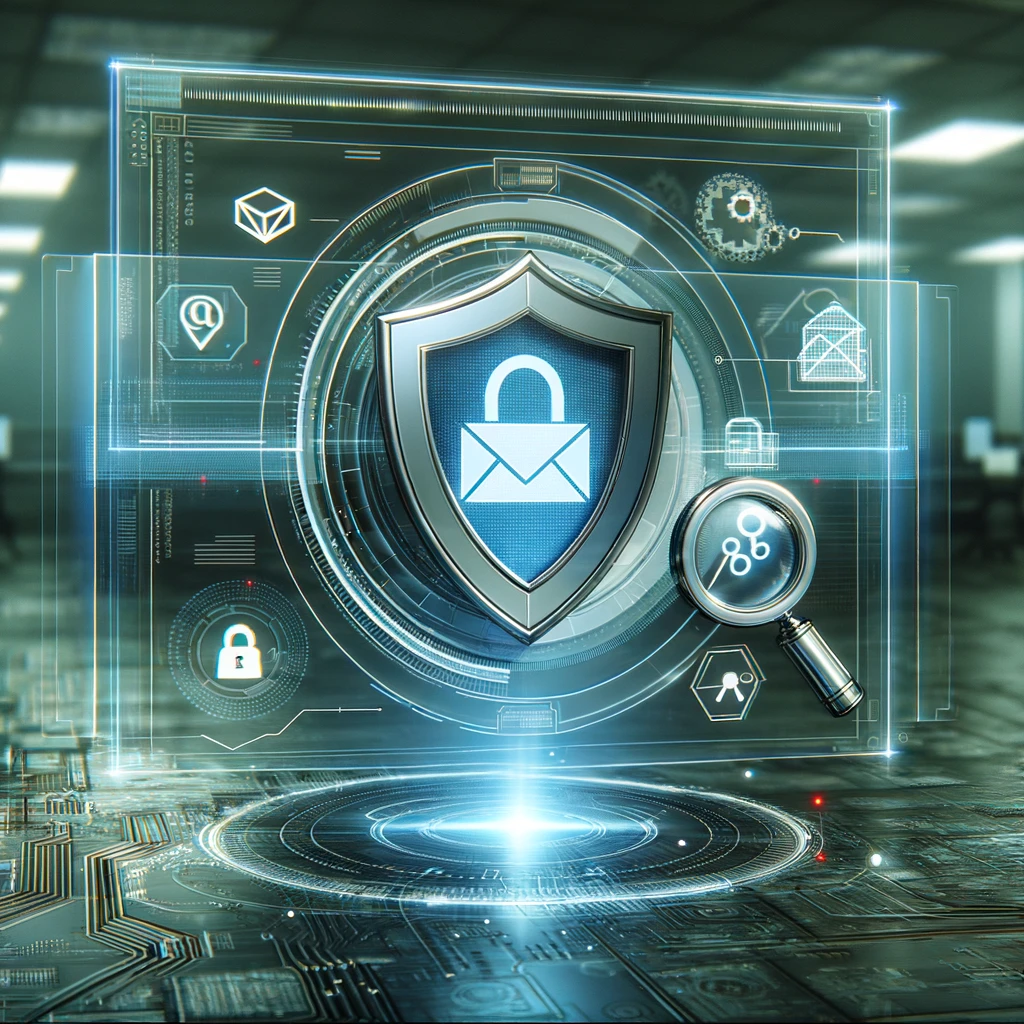The internet is the lifeblood of modern life, connecting us to everything from work to entertainment. Yet, not all internet services are created equal. When it comes to comparing basic cable broadband to fiber optic internet, the difference is night and day.
Imagine this scenario: two neighbors, John and Lisa, are watching the same live-streamed heavyweight fight from the comfort of their homes. John, who uses basic cable broadband, is frustrated as the fight buffers every few minutes. He watches the spinning wheel on his screen more than the actual event. Meanwhile, Lisa, powered by a fiber optic connection, enjoys every punch, block, and dodge in crystal-clear, uninterrupted quality.
So, why the disparity?
The Technology Behind the Connection
Cable broadband relies on coaxial cables, originally designed for transmitting TV signals, not the massive amounts of data demanded by today’s internet users. This system often struggles with congestion, as it shares bandwidth across multiple users in a neighborhood. During peak hours, when everyone is streaming, gaming, or working, speeds can plummet.
Fiber optic internet, on the other hand, uses ultra-thin glass or plastic fibers to transmit data at the speed of light. Unlike cable, fiber offers dedicated bandwidth, meaning each customer gets the speed they’re paying for—no slowdowns, no interruptions.
Speed and Reliability
While cable broadband can theoretically reach decent speeds, real-world performance often lags behind due to network congestion. Fiber optic internet provides symmetrical upload and download speeds, making it ideal not just for streaming but also for video conferencing, gaming, and uploading large files.
In our example, Lisa’s fiber connection ensured her fight streamed flawlessly. John’s cable connection, burdened by simultaneous neighborhood use, left him missing key moments or he did not see those moments in real-time.
Future-Proofing
Fiber optic networks are built with the future in mind. As internet demands grow, fiber can handle the load with minimal infrastructure upgrades. Cable broadband, however, is nearing the limits of its capabilities, leaving users like John stuck with an outdated system.
The Bottom Line
For those who rely on the internet for seamless experiences—whether for work, entertainment, or both—fiber optic is the clear choice. Say goodbye to buffering and hello to reliable, lightning-fast connectivity.
In today’s connected world, why settle for less? It’s time to make the switch to fiber and enjoy the internet as it was meant to be.
Don’t Be Left Behind!
Schedule a Consult today to see how we can help you upgrade your network and future-proof your business.

Penetra Cybersecurity is at the forefront of defending the digital frontier, providing cutting-edge solutions to protect businesses and organizations from the ever-evolving threats of the cyber world. Established with a mission to create a safer internet for everyone, Penetra leverages a blend of advanced technology, expert knowledge, and proactive strategies to stay ahead of cybercriminals.
Ready to take the next step towards a more secure future? Schedule a consultation with us today and discover how we can help protect what matters most to you. Don’t wait until it’s too late—with Penetra Cybersecurity, your business isn’t just secure; it’s imPenetrable.




